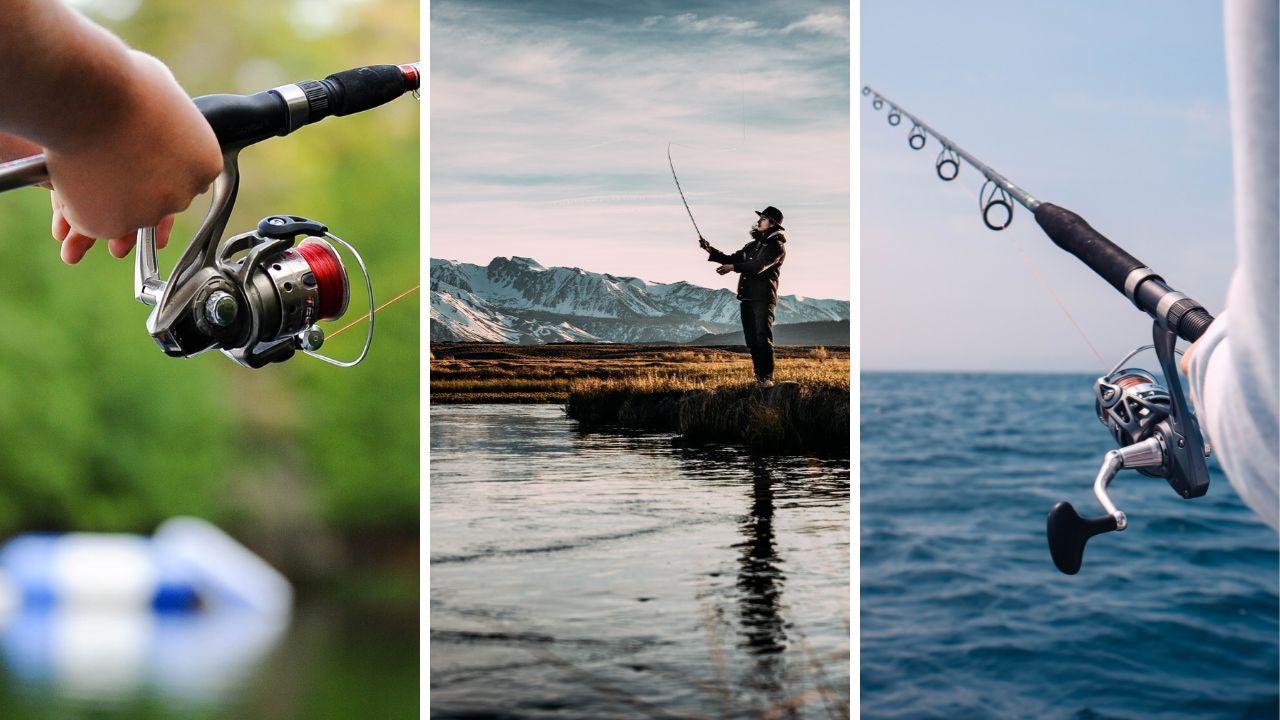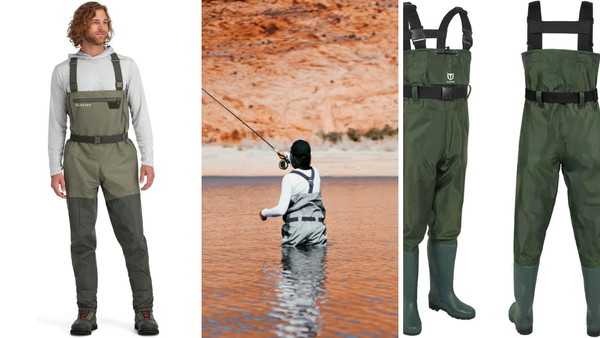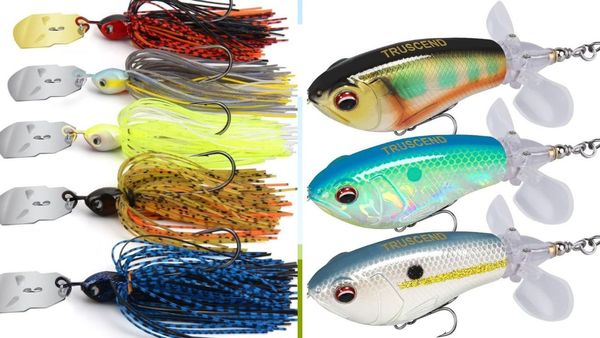Now that you have caught your fish, it's time to show him who's boss. There is an art to properly holding a fish and if done correctly, it can be quite an impressive sight.
Let’s take a look at what you need to know about how to hold a fish the right way.
Step 1: Get Up Close and Personal with Your Catch
When you first pick up your catch, make sure you do so carefully. This means wearing gloves or wetting your hands with water first.
Be sure not to grab the fish by its gills as this can damage them. Instead, gently cradle the fish in both hands and support its body from underneath. If necessary, you can use a net for larger catches.
Step 2: Show Off Your Catch for Pictures
Once you have a good grip on your catch, lift it out of the water for pictures or for showing off to friends and family (or even just yourself!)
Make sure not to keep the fish out of the water for too long though – we don’t want it to get tired out!
Also, keep in mind that this is when many fishermen like to release their catches back into the wild, so be careful not to harm them while taking photos.

Step 3: Releasing Back into Nature Safely
If you plan on releasing your catch back into nature, make sure that he is ready for his journey home by placing him gently back into the water and holding him there until he regains his strength and can swim away on his power.
This will help ensure that he has enough energy to survive after being caught! Just remember to never throw a live fish back into the water - this could cause serious injury or death due to shock or trauma.
Some Final Thoughts!
Hold onto your hats fisherman because now you know how to hold your catch!
With these tips in mind, there’s no reason why every one of your catches won’t be as memorable as possible – both during and after they are released back into nature safely. So go ahead and give it a try – we promise it will be worth it!
FAQ's
1. Q: What is the best way to hold a fish without injuring it?
A: Use a wet hand or a damp cloth to hold the fish gently. Avoid squeezing too hard and be cautious with the fish's delicate scales and fins.
2. Q: Should I use gloves when handling a fish?
A: While gloves can provide protection, they may remove the protective slime on a fish's skin. If you choose to use gloves, make sure they are wet to minimize slime removal.
3. Q: What is the proper technique for holding larger fish, such as bass or pike?
A: Support the fish horizontally, keeping one hand under the belly and the other supporting near the tail. This helps distribute the fish's weight and minimizes stress.
4. Q: Can I hold a fish vertically by its mouth?
A: It's generally not recommended to hold a fish vertically by its mouth, especially larger species. This can strain the jaw and internal organs. Horizontal support is preferable.
5. Q: How do I hold a fish with sharp teeth, like a muskie or a walleye?
A: Use a jaw gripper or lip grip tool to hold the fish securely, keeping your fingers away from its teeth. Avoid putting your hand inside the gill plate to prevent injury.
6. Q: Is it safe to hold a fish by the tail?
A: Holding a fish by the tail is generally safe for smaller species. However, larger fish should be supported under the belly to avoid straining their body.
7. Q: What precautions should I take when handling a fish with spines or sharp fins?
A: Be aware of the location of spines and sharp fins. Hold the fish away from these areas and be cautious when releasing the fish to avoid injury.
8. Q: Is it necessary to wet my hands before handling a fish?
A: Yes, wetting your hands helps protect the fish's slime coat, which is essential for its health. Dry hands can remove this protective layer, making the fish more susceptible to infections.
9. Q: Should I handle a fish with gloves if I have cuts or abrasions on my hands?
A: It's advisable to use gloves if you have cuts or abrasions to protect yourself from potential infection. However, wetting the gloves is crucial to avoid removing the fish's slime coat.
10. Q: How do I minimize stress when handling a fish?
A: Minimize air exposure by keeping the fish in the water as much as possible. Handle the fish gently, avoid dropping it, and release it promptly after capture to reduce stress and increase its chances of survival.












Member discussion